Introduction
The Periodic Table is like a scientific masterpiece, a learning guide, and, let’s admit it, a bit challenging for many of us trying to understand it. Think of it as a chemistry map, but instead of guiding you to treasure, it might feel like it’s leading you in circles.
But fear not! Today, In this post, we’ll explore the easiest possible way to learn the periodic table, which helps students memorize the Periodic Table,
The historical evolution of the periodic table
Mendeleev’s contribution

Dmitri Mendeleev is often hailed as the father of the periodic table. In 1869, he introduced a groundbreaking concept: organizing elements based on their atomic weight. Through this innovative approach, he discerned patterns that enabled him to anticipate the existence and characteristics of elements that had not yet been identified. It’s like he had a crystal ball, predicting the future of chemistry!
The importance of the periodic table in science
The periodic table isn’t just a bunch of boxes with letters and numbers. It’s the foundation of chemistry, bridging elements with concepts in physics, biology, and beyond. It decodes the universe’s atomic structure, guiding scientists and students alike in predicting the behaviour of elements and their compounds.
Understanding the Basics: Where to Start
Grasping the structure of the periodic table
The periodic table is far more than just a collection of boxes filled with letters and numbers. It serves as the very bedrock of chemistry, connecting elements with principles in physics, biology, and beyond. It acts as a key to deciphering the atomic structure of the universe, empowering both scientists and students to forecast the behavior of elements and their compounds.
Groups and periods
- Groups are the vertical columns. Elements within a group exhibit similar characteristics and react in similar ways.
- Periods are the horizontal rows. As you progress across a period from left to right, the elements gain protons, transitioning from metallic to non-metallic properties.
Metals, non-metals, and metalloids
Metals are shiny and can bend easily. They also conduct electricity. Non-metals, on the other hand, don’t have these properties. Then there are metalloids. They’re kind of in-between, showing some traits of both metals and non-metals, but they don’t fully belong to either group.
Special groups: Transition metals, lanthanides, and actinides
Some metals are extra special. They’re called transition metals, along with the lanthanides and actinides. These metals are like the superheroes of the periodic table, really versatile and full of surprises. People use them a lot in fancy gadgets and for medical stuff.
Easiest Possible Way to Learn the Periodic Table
Learning the periodic table can be tricky, but there are different ways to do it. You should find what works best for you.
Here are some tips that might help:
Repetition
- Remember when we were kids and we learned the alphabet or numbers? We kept repeating them, starting from ‘A’ and ‘1’.
- Students can combine repetition with reading aloud to study better. A study from the University of Waterloo showed that reading information aloud helps us remember it for a long time and improves our memory gradually.
- Instead of just reading the elements aloud, students can break the Periodic Table into smaller parts to memorize it. For example, they can start with 5 elements today and then add 2 more the next day, making sure to include the 5 from the previous day. As students continue to add new elements every few days, their memory for the previous ones will get stronger and more solid.
Also read – How Propane Refrigerator Works?
Break the Periodic Table into smaller sections
- You can make memorizing the elements easier by grouping them. You might use different colors for each group, tackle one row at a time, or learn sets of 20 elements.
- It might be useful to see a list of the elements in order. Instead of trying to memorize all of them at once, focus on one group first, get really good at it, and then move on to the next group. Keep doing this until you know the whole table.
- Instead of trying to remember all the elements in one big chunk, break them into smaller sections. For instance, you could start with the first 7 metal elements as one group, then move on to the next set. You can also use the graphic below as a guide.
Learn the elements in a song.
- You can learn a song that someone else made or create your own. There’s a popular one called “We Just Crammed the Table,” sung to a Billy Joel tune. This is great if you learn better by hearing things instead of reading them.
- Similar to how we have a song for the alphabet, we can make one for the Periodic Table too. Students can either come up with their own song to help them remember it or check out the song made by ASAPScience on YouTube.
Use color to learn element groups.
- If you’re learning about element groups along with symbols and names, try writing them using different colored pencils or markers for each group. This can help you remember them better.
- The Periodic Table is already divided into different colors, each with its own meaning. Students can also divide the table in their own way to aid memorization.
- Most school Periodic Tables are color-coded into three main categories: Metals, Non-Metals, and Metalloids. This makes it easier for students to remember them by category. Alternatively, students can color-code elements based on their characteristics or similarities.
Using Acronyms and Short Forms
- When the Periodic Table becomes difficult to remember, try switching things up with different memorization techniques. Acronyms are a fun way to do this.
- An acronym is a short form made from the initial letters of words and pronounced as a word itself. For example, NASA stands for National Aeronautics and Space Administration.
- Let’s take the metalloid elements as an example: Boron (B), Silicon (Si), Germanium (Ge), Arsenic (As), Antimony (Sb), Tellurium (Te), Polonium (Po). Here are two mnemonics to help remember them:
- Beyonce Sings Great And Acts Terribly Period.
- Boring Silly Germs Are Ants Telling Politics
- You can also create your mnemonics that suit you. For example, for the first nine elements, you might use the phrase “Happy Hector Likes Beer but Could Not Obtain Food,” where each word corresponds to the first letter or symbol of an element.
Practice Makes Perfect
- Print out a few copies of the empty periodic table. Use these to practice filling in the symbols or names of the elements. A good way to start is by learning the symbols first and then adding the names later.
- Begin with just one or two rows or columns at a time. Whenever you have a moment, try to fill in what you already know, and then gradually add more information. If you find yourself getting tired of going through the elements in order, you can mix it up by jumping around the table. However, remember that it might be harder to remember this information later if you do it this way.
- If you manage to memorize the entire table, it’s worth making that knowledge stick in your long-term memory. Try to learn it gradually over a few days or weeks, and keep practicing by writing it out.
Testing Your Memory
- Test your memory by filling in a blank periodic table. After studying for a few days, try drawing the elements in their correct places from memory. Then compare it with a regular table to see how many you got right.
- Download periodic table apps onto your phone or tablet to help you study. There are many apps available that can help you learn about the elements, symbols, atomic numbers, and atomic weights. Some good ones to consider are:
- Memorize the Periodic Table,
- NOVA Elements,
- Periodic Table app by Socratica, and
- The Elements
- Oresome Elements.
- The Elements by Theodore Gray.
- Play online games to practice recalling the elements. Many websites offer games where you can match elements to their symbols or fill in missing information. These games can help improve your memory and score before a big test.
Conclusion
The periodic table isn’t just a chart; it’s like a window into the universe. When you learn about it in the right way, it can be not just easy but also fun! Whether you use pictures or do experiments, the important thing is to find what helps you learn and enjoy the journey of discovering new things. So, stay curious, keep exploring, and remember: every element has its own story, and all those stories together make up the world around us.
Also read – How Does a Microwave Work to Heat Food?
Frequently Asked Questions (FAQs)
Where should a complete beginner start with learning the periodic table?
Start with the basics: understand the structure of the table, get to know the groups and periods, and familiarize yourself with a few key elements. Once you have that foundation, everything else becomes much easier.
How long does it typically take to learn the periodic table using these methods?
It varies depending on your effort and learning style, but many find that they can grasp the basics within a few weeks. Mastery takes longer, of course, but remember: learning science is a marathon, not a sprint.
Are there any free online resources recommended for beginners?
Absolutely! Websites like Khan Academy, educational YouTube channels, and interactive periodic tables are fantastic (and free!) starting points.
How can parents and educators make learning the periodic table fun for kids?
Incorporate games, experiments, and storytelling into your lessons. Kids love learning through play, and there’s no better subject than chemistry for sparking curiosity and imagination.
Is it necessary to memorize the entire periodic table for general knowledge?
Not at all. While knowing the table can be useful, understanding the concepts and relationships between elements is far more important than memorization. Focus on the journey, and the knowledge will follow.
Having any queries? – Do reach us at info@scivoyage.com
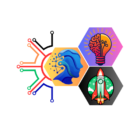
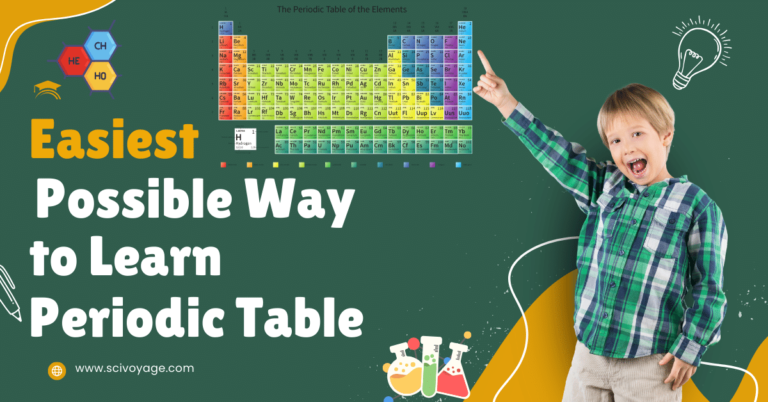
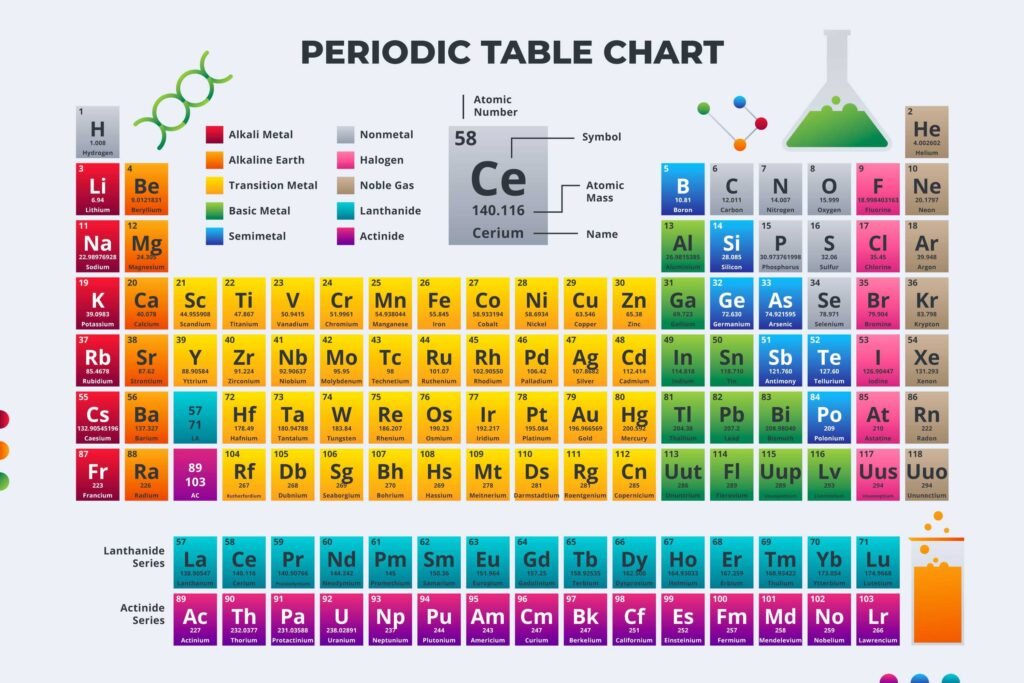
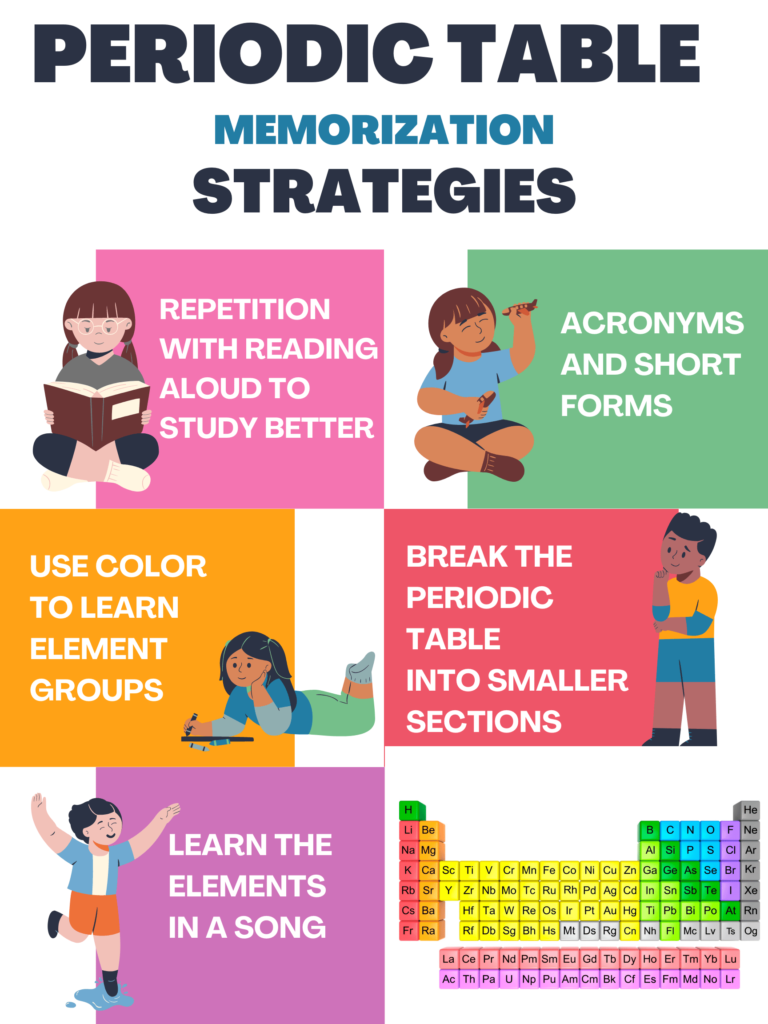
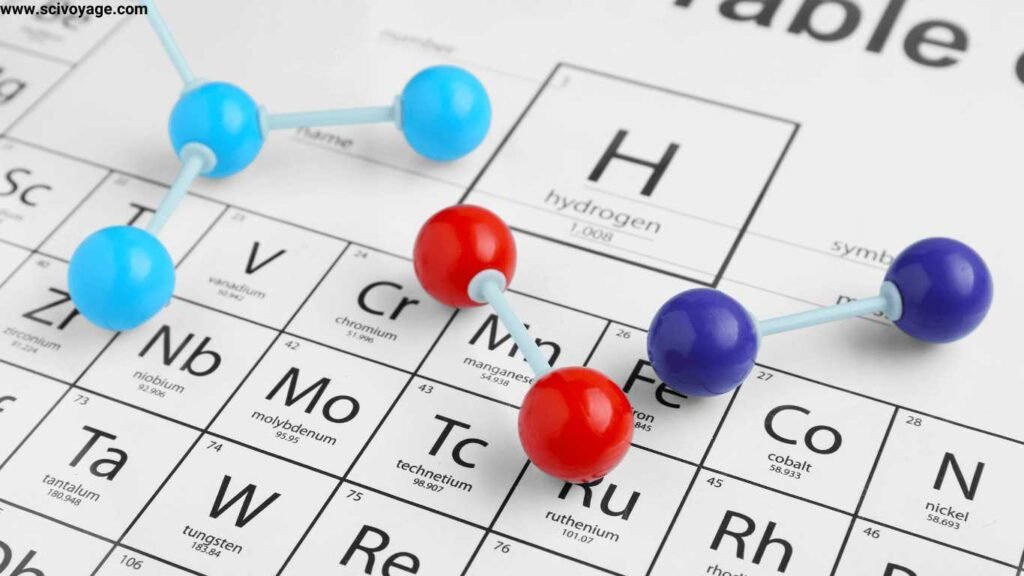
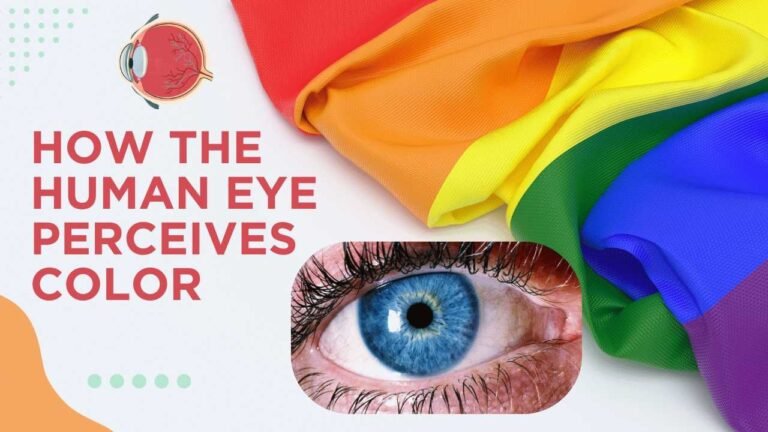




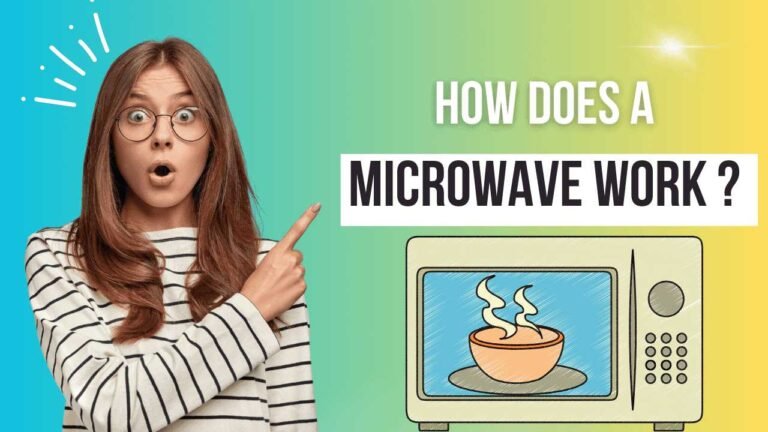


5 thoughts on “What is the Easiest Possible Way to Learn the Periodic Table?”
Hi there, You’ve done an excellent job. I’ll definitely digg it and personally recommend to my friends. I’m confident they will be benefited from this site.
Your point of view caught my eye and was very interesting. Thanks. I have a question for you.
Your article helped me a lot, is there any more related content? Thanks!
Great info and right to the point. I don’t know if this is really the best place to ask but do you people have any thoughts on where to employ some professional writers? Thank you 🙂
I don’t think the title of your article matches the content lol. Just kidding, mainly because I had some doubts after reading the article. https://accounts.binance.com/register?ref=P9L9FQKY